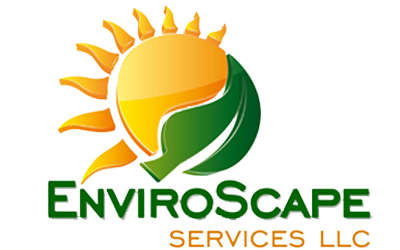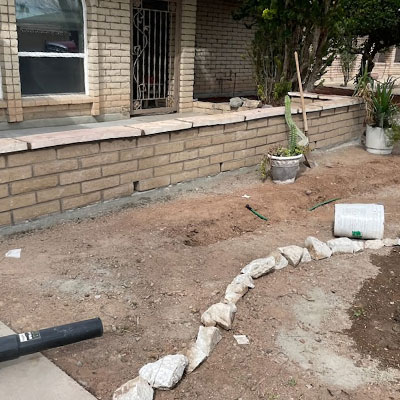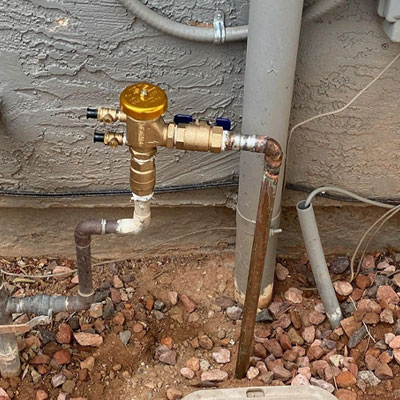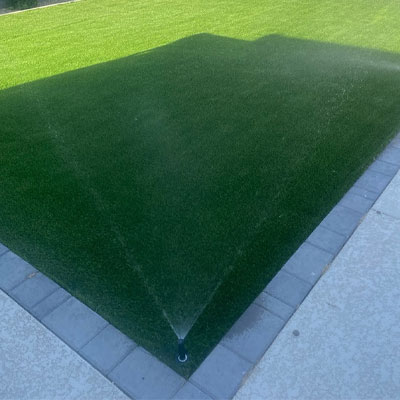Frequently Asked Questions
What are the common signs that my sprinkler system needs repair or maintenance?
Common signs that your sprinkler system needs repair or maintenance include irregular water coverage, visible leaks, low water pressure, and dry patches in your landscape. Addressing these issues promptly ensures efficient irrigation and healthy plants.
How much should I expect to pay for irrigation system installation services?
The cost of irrigation system installation services can vary widely, typically ranging from $1,500 to $3,500, depending on the system type, size of the landscape, and specific requirements.
What factors should I consider when planning a rainfall irrigation system installation?
When planning a rainfall irrigation system installation, consider key factors such as soil type, plant water requirements, system layout, local climate, and water source availability to ensure efficient water usage and optimal landscape health.
How can I get a detailed quote for an irrigation system installation?
To get a detailed quote for an irrigation system installation, simply contact Enviroscape Services directly. Our team will assess your landscaping needs and provide a customized estimate based on your specific requirements.
What signs indicate that my sprinkler system needs immediate maintenance or repair?
Signs that indicate your sprinkler system needs immediate maintenance or repair include uneven watering, visible leaks, low water pressure, and broken sprinkler heads. Addressing these issues promptly ensures optimal irrigation and landscape health.
What factors influence the cost of irrigation system installation in Hampton Roads?
The cost of irrigation system installation in Hampton Roads is influenced by factors such as the size of the property, the type of irrigation system chosen, soil conditions, and any necessary landscaping modifications.
What factors determine the total cost of an automated irrigation system installation?
The factors that determine the total cost of an automated irrigation system installation include the size of the landscape, the type of irrigation system chosen, the complexity of the installation, and any additional features or technology integrated into the system.
What are the benefits of regular sprinkler system maintenance and repair?
The benefits of regular sprinkler system maintenance and repair include improved efficiency, reduced water waste, and enhanced landscape health. Proper upkeep ensures optimal performance, preventing costly repairs and ensuring your irrigation system operates effectively throughout the growing season.
What tools are needed for sprinkler maintenance?
The tools needed for sprinkler maintenance include a wrench for adjusting fittings, a screwdriver for tightening screws, a shovel for digging, and a pressure gauge to monitor water flow. These tools ensure effective upkeep of your irrigation system.
How often should I check my sprinkler system?
Checking your sprinkler system regularly is essential for optimal performance. It's recommended to inspect your system at least once a month during the growing season and after heavy rains or storms to ensure everything is functioning properly.
What are the signs of a malfunctioning irrigation system?
The signs of a malfunctioning irrigation system include uneven watering, visible dry or overly saturated areas in your landscape, unusual water pooling, and frequent system leaks. Timely detection of these issues can help maintain your landscape's health.
How can I improve my sprinkler systems efficiency?
Improving your sprinkler system's efficiency involves regular maintenance, adjusting the sprinkler heads to ensure even coverage, and utilizing timers to optimize watering schedules. Additionally, consider installing drip irrigation for targeted watering and reducing water waste.
What is the average lifespan of a sprinkler system?
The average lifespan of a sprinkler system is typically between 10 to 15 years, depending on factors like maintenance, usage, and environmental conditions. Proper care can extend its longevity significantly.
How do I winterize my irrigation system?
Winterizing your irrigation system involves draining all water from the pipes, shutting off the water supply, and insulating any exposed components to prevent freezing. This process helps protect your system and ensures it functions properly in the spring.
What types of irrigation systems are available?
The types of irrigation systems available include drip irrigation, sprinkler systems, and soaker hoses. Each system is designed to efficiently deliver water to your landscape, ensuring optimal health and growth for your plants.
How can I troubleshoot common sprinkler issues?
Troubleshooting common sprinkler issues involves checking for clogs, ensuring proper water pressure, and inspecting timers for correct settings. Additionally, examine the sprinkler heads for damage and confirm that the system is receiving power.
What is the best time for irrigation system installation?
The best time for irrigation system installation is during the spring or fall. These seasons provide optimal weather conditions for establishing new systems, allowing for efficient setup and ensuring your landscape receives adequate water as it grows.
How do I choose the right irrigation system?
Choosing the right irrigation system involves assessing your landscape's size, plant types, and water requirements. Consider factors like soil type, climate, and available water sources to ensure efficient and effective irrigation tailored to your needs.
What maintenance tasks are essential for irrigation systems?
Essential maintenance tasks for irrigation systems include regularly checking for leaks, cleaning filters and emitters, adjusting sprinkler heads for proper coverage, and inspecting the system for clogs or damage to ensure optimal performance and water efficiency.
How can I reduce water waste in irrigation?
Reducing water waste in irrigation involves implementing efficient practices such as using drip irrigation systems, scheduling watering during cooler times, and regularly checking for leaks. These methods ensure that water is used effectively to maintain landscape health.
What are the advantages of automated irrigation systems?
The advantages of automated irrigation systems include efficient water usage, reduced labor costs, and precise watering schedules that promote healthy landscapes. These systems help conserve water while ensuring your plants receive the right amount of moisture at the optimal times.
How do I know if my system needs upgrades?
The signs that your irrigation system needs upgrades include inconsistent watering, frequent repairs, outdated technology, and water waste. Regular assessments can help determine if enhancements are necessary to improve efficiency and landscape health.
What is the process for installing a new irrigation system?
The process for installing a new irrigation system involves an initial assessment of your landscape, designing a tailored plan, excavating for pipes, installing the system components, and finally testing the system to ensure optimal functionality.
How can I ensure proper drainage in my irrigation system?
Ensuring proper drainage in your irrigation system involves regularly checking for clogs, maintaining correct slope in your landscape, and installing drainage solutions like French drains or catch basins to direct excess water away from plants.
What are the environmental benefits of efficient irrigation?
The environmental benefits of efficient irrigation include reduced water waste, improved soil health, and enhanced plant growth. By optimizing water use, efficient systems conserve resources and support sustainable landscaping practices, ultimately benefiting ecosystems.
How do seasonal changes affect irrigation needs?
Seasonal changes significantly affect irrigation needs by altering the amount of water required for healthy landscaping. During warmer months, plants typically need more water, while cooler months may require less, making it essential to adjust irrigation systems accordingly.
What is the role of timers in irrigation systems?
The role of timers in irrigation systems is to automate watering schedules, ensuring efficient water usage by delivering precise amounts of water at specific times. This helps maintain landscape health while conserving water resources.
How can I assess my irrigation systems performance?
Assessing your irrigation system's performance involves checking water distribution uniformity, monitoring soil moisture levels, and evaluating system efficiency. Regular inspections and maintenance can help identify issues and ensure optimal operation for your landscape's health.
What are common mistakes in irrigation system installation?
Common mistakes in irrigation system installation include improper system sizing, inadequate water pressure, neglecting to account for soil types, and failing to create a proper layout for efficient water distribution. These errors can lead to water waste and unhealthy landscapes.
How can I find a reliable irrigation service provider?
Finding a reliable irrigation service provider involves researching local companies, reading customer reviews, and verifying their credentials. Seek recommendations from friends or landscapers, and ensure they offer comprehensive services and warranties for peace of mind.




